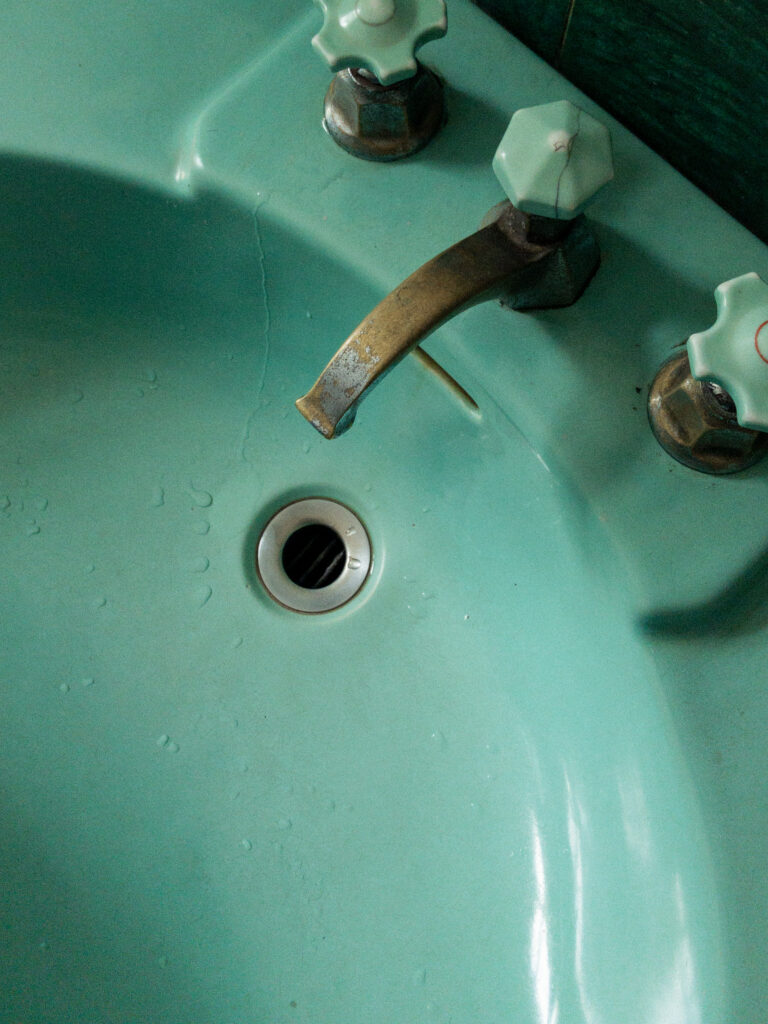If you’ve ever wondered whether a vacuum cleaner can be used to clean mattresses, the answer is a resounding yes! Vacuuming your mattress regularly can help remove dust, allergens, and other microscopic particles that accumulate over time. Not only does it help maintain a clean and fresh sleeping surface, but it also contributes to a healthier sleep environment. So, grab your trusty vacuum cleaner and give your mattress the TLC it deserves!
Can I Use A Vacuum Cleaner To Clean Mattresses?

Benefits of Vacuum Cleaning Mattresses
Yes, you can absolutely use a vacuum cleaner to clean your mattresses! In fact, vacuuming your mattress regularly can bring a plethora of benefits to your health and the longevity of your mattress. Dust mites, dead skin cells, and allergens tend to accumulate over time, and using a vacuum cleaner can help to remove these particles effectively.
One of the key benefits of vacuum cleaning your mattress is the removal of dust mites. These tiny creatures thrive in the warm and humid environment of our mattresses, feeding on our dead skin cells. Regular vacuuming can significantly reduce the number of dust mites, preventing potential allergies and respiratory issues. Additionally, vacuuming can eliminate common allergens such as pet dander, pollen, and mold spores, providing a cleaner and healthier sleeping environment.
Another advantage of using a vacuum cleaner on your mattress is the removal of surface dirt and debris. Over time, our mattress attracts various particles such as dust, hair, and crumbs. Vacuuming can easily and efficiently suck up these surface materials, leaving your mattress cleaner and fresher. Regular vacuuming can also help to prevent the buildup of a dirt layer, ensuring a more sanitary sleeping space.
Types of Vacuum Cleaners Suitable for Mattress Cleaning
When it comes to choosing a vacuum cleaner for mattress cleaning, there are a few options to consider. Firstly, a handheld vacuum cleaner can be an excellent choice for this task. These portable and lightweight vacuums are easy to maneuver, making it convenient to clean every nook and cranny of your mattress. They are also versatile, allowing you to clean other household items such as upholstery and curtains.
Another type of vacuum cleaner suitable for mattress cleaning is the upright vacuum. These upright models often come with various attachments and tools specifically designed for different surfaces. Look for models with a detachable handheld unit or a hose attachment to easily clean your mattress. Additionally, ensure that the vacuum has sufficient suction power to effectively remove dust mites, debris, and allergens.
Preparation and Safety
Before you begin vacuuming your mattress, it’s essential to prepare the area and ensure your safety. Start by removing all bedding, including sheets, mattress protectors, and pillowcases. These should be washed separately following the manufacturer’s instructions to maintain their cleanliness and hygiene.
Ensure that the vacuum cleaner you are using is clean and free from dirt or debris that could be transferred onto your mattress. If necessary, empty the vacuum canister or replace the vacuum bag. This step will prevent any particles or allergens from being reintroduced into your sleeping environment.
Additionally, check that your mattress is in good condition and doesn’t have any tears or holes. Vacuuming a damaged mattress can potentially worsen the situation by causing further damage. If you notice any significant damage, it may be wise to consult a professional or consider replacing your mattress.
Vacuuming Techniques for Mattresses
To effectively clean your mattress, it’s important to use proper vacuuming techniques. Start by vacuuming the top surface of the mattress, using slow and overlapping motions to ensure you cover the entire area. Pay extra attention to the seams and edges of the mattress as these areas tend to accumulate more dirt and debris.
When vacuuming, make sure to push the cleaning head into the mattress fabric to reach deeper layers. This will help to loosen and remove any trapped particles. However, avoid applying excessive pressure that could damage the mattress or disrupt its internal structure.
To achieve a thorough clean, vacuum in different directions, both horizontally and vertically. This will help dislodge particles that may be embedded deep within the fabric. Be patient and methodical in your approach to ensure that all areas are adequately covered.

Cleaning Dry Stains and Surface Dirt
If you encounter dry stains or surface dirt during the vacuuming process, do not panic. There are steps you can take to address these issues effectively. For dry stains, you can try using a mattress stain remover or a fabric cleaner specifically designed for mattresses. Follow the product instructions carefully, and blot the stain gently rather than rubbing it to avoid spreading the stain further.
For surface dirt, you can lightly brush the affected area with a soft brush or a clean cloth. This will help loosen the dirt, making it easier for the vacuum cleaner to suck it up. Brush in a gentle circular motion, and ensure not to press too hard to avoid damaging the mattress or pushing the dirt deeper into the fabric.
Removing Deep-Set Stains and Odors
For deep-set stains and odors that cannot be easily removed through vacuuming alone, there are additional steps you can take. Baking soda is a popular and effective natural remedy for eliminating odors and lightening stains. Simply sprinkle baking soda over the entire surface of the mattress and let it sit for a few hours or overnight. The baking soda will absorb odors and moisture, making it easier to vacuum up later. Remember to thoroughly vacuum the mattress after the designated time to remove the baking soda along with the trapped odors and stains.
If the stains persist, you may consider using a specialized enzymatic cleaner designed for mattresses. These cleaners work by breaking down organic matter and stains, effectively removing them. Again, carefully follow the product instructions to ensure safe and proper use.

Cleaning Dust Mites and Allergens
One of the primary reasons for vacuuming your mattress is to eliminate dust mites and allergens. While regular vacuuming can significantly reduce their numbers, there are additional steps you can take for a more thorough cleaning. Consider using a mattress encasement or a hypoallergenic mattress protector. These covers act as a barrier, preventing dust mites, allergens, and even bed bugs from penetrating your mattress. Opt for covers with a zipper closure for maximum protection.
Furthermore, washing your bedding regularly in hot water can help eliminate dust mites and allergens that may have settled there. Be sure to select the appropriate water temperature according to the fabric care instructions to ensure effective elimination.
Using Attachments for Effective Cleaning
To maximize the effectiveness of your vacuum cleaner when cleaning mattresses, utilize the available attachments and tools. Most vacuum cleaners come with upholstery attachments designed to clean fabric surfaces efficiently. These attachments often have brushes or bristles specifically designed to agitate the fabric, helping to dislodge and remove dirt and particles effectively.
Additionally, a crevice tool attachment can be beneficial for reaching tight spots and corners of your mattress. Dust tends to accumulate along the edges and seams, and a crevice tool will allow you to clean these areas thoroughly. Take your time, and maneuver the attachment carefully to ensure you cover all the nooks and crannies.

Frequency of Vacuuming Mattresses
The frequency at which you should vacuum your mattress depends on various factors, including personal preference, allergies, and the overall condition of your mattress. As a general rule, it is recommended to vacuum your mattress at least once every three months to maintain cleanliness and remove dust mites and allergens effectively.
However, if you suffer from allergies, you may want to increase the frequency to once a month or even every two weeks. This will help to minimize the presence of allergens and alleviate potential allergic reactions. Additionally, if you have pets or if you regularly eat or drink in bed, more frequent vacuuming may be necessary to remove pet hair, crumbs, and spills.
Additional Tips and Considerations
Here are some additional tips and considerations to keep in mind when using a vacuum cleaner to clean your mattress:
- As a safety precaution, always ensure your vacuum cleaner is turned off and unplugged when not in use or when switching attachments.
- Regularly clean or replace the filters in your vacuum cleaner to maintain optimal performance.
- If you have a memory foam mattress, consult the manufacturer’s instructions before vacuuming to ensure you do not damage the foam.
- If you notice any unusual odors or persistent stains that do not improve with vacuuming and spot cleaning, it may be best to consult a professional mattress cleaner.
- Consider investing in a mattress pad or topper for added protection and easier maintenance. These can be removed, washed, and replaced, providing an extra layer of cleanliness and comfort.
In conclusion, using a vacuum cleaner to clean your mattress is not only possible but highly beneficial. Regular vacuuming can help eliminate dust mites, allergens, and surface dirt, promoting a cleaner and healthier sleeping environment. By following the proper techniques, utilizing attachments, and addressing specific stains or odors, you can ensure that your mattress remains fresh, comfortable, and prolong its lifespan. So go ahead, grab your vacuum cleaner, and enjoy a cleaner and more hygienic sleep!
Remember, a clean mattress means a better night’s sleep!


